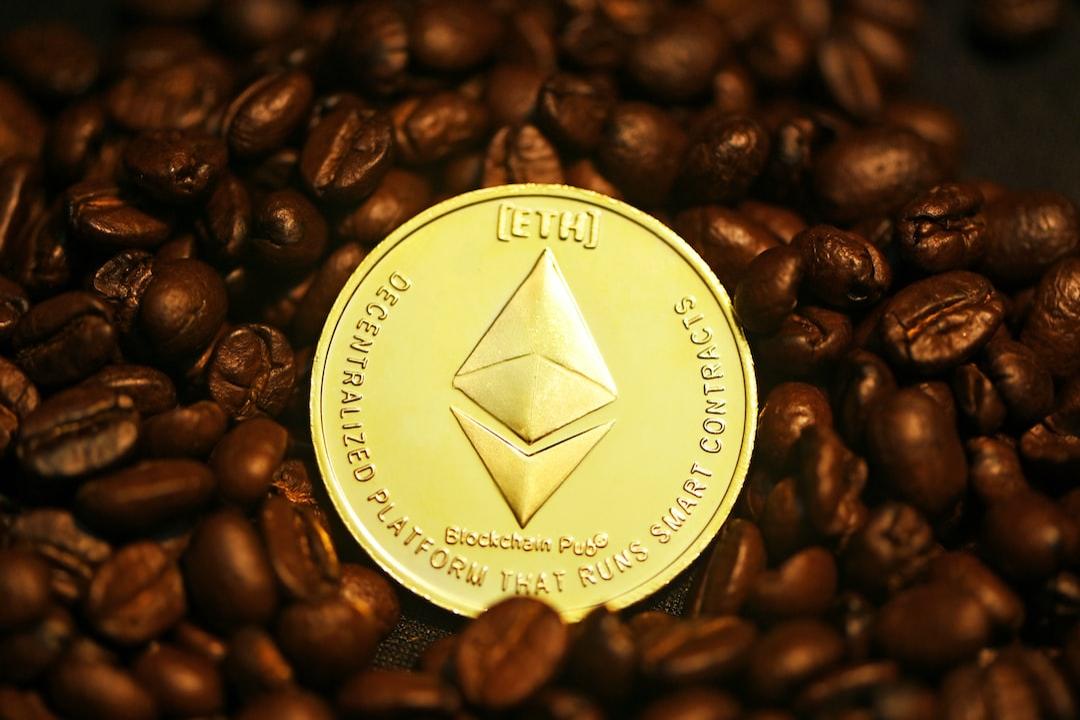Vitalik responded on Twitter today to the community’s comments on the decentralized social protocol Farcaster, stating that although Farcaster only puts user identities on-chain and stores most of the other data through off-chain methods, it is already sufficient to prevent Sybil attacks and centralized interventions. This classic case prompts reflection on how blockchain technology should be integrated with products.
Background: Introduction to Farcaster
The community criticizes Farcaster for not being decentralized enough
Vitalik believes that putting accounts on-chain is sufficient for decentralization
Underlying issue: What demand requires the use of blockchain?
Farcaster is a decentralized social protocol that provides users with a community protocol and front-end similar to Twitter, along with its innovative post interaction mode called Frame. It has recently attracted many users and is also a social software that Vitalik personally likes to use.
Advertisement – Continue reading below




Recommended Reading:
What is Vitalik’s favorite decentralized social protocol? Farcaster product experience introduction
Recommended reason: This article explains Farcaster’s interface elements and product design from a user’s perspective, and then examines its operating architecture and blockchain interaction mode from a backend perspective. Reviewing this article first can help better understand the content of this article.
Community member Liron Shapira expressed that although the Farcaster team claims to support blockchain technology, in reality, they only put user name registration on-chain, which is essentially a repetition of what DNS and email addresses have done, except for the worse parts.
Farcaster currently only copies the functions of Twitter, provides subpar mini-games, and tools for market speculation. 99% of the technology being built by Farcaster is unrelated to blockchain.
In particular, regarding data storage, Farcaster stores information in a P2P network node called Hub, which is similar to the backend of many RSS readers that serve as “RSS hubs”. This is why Liron believes that hyping Farcaster as a blockchain use case is incorrect.
Recommended Reading:
What is the Metaverse? How can Web3 accelerate the development of decentralized social protocols?
This article not only introduces the concept of decentralized social networks from the beginning but also clearly explains the key elements of decentralized community products such as user names, data formats, and data storage. It discusses the differences and trade-offs in implementation methods among various competitors, providing a more structured perspective on the issues raised by Liron.
However, Liron also mentioned that Farcaster is an interesting experiment that provides more features for RSS, and he looks forward to seeing if it can bring new product traction and drive market growth.
Vitalik stated that he has already confirmed some information with the Farcaster team. He originally thought that Farcaster would store user post data in a big chain, similar to a simplified version of Filecoin, but later found out that it is not the case.
Farcaster stores data in the Hub, and each Hub stores the same data in the form of conflict-free replicated data types (CRDTs), ensuring the ultimate consistency of information by using the sender’s timestamp for sorting. Vitalik believes that using this method makes scaling and expansion easier.
The only “blockchain” used by Farcaster is Ethereum, and user account data, Farcaster ID, is built on the Optimism mainnet. Vitalik stated that the purpose of the blockchain is not only to “store” user names but also to:
Reduce spam:
Fuel fee design is also important for reducing spam messages; otherwise, everyone will use it to back up their other data.
Not controlled by centralized participants:
Blockchain nodes cannot delete, modify, or refuse access to user data at any time.
Resistant to Sybil attacks:
Using blockchain to register user names is the only good way to resist Sybil attacks. Technically, this can also be achieved using proof-of-work (PoW), but it is inefficient. Moreover, in practice, centralized participants have too many efficiency advantages compared to ordinary users on mobile phones or laptops.
Therefore, in order for Farcaster to become a powerful neutral network that does not depend on a single entity, putting user data on-chain plays a crucial role.
Recommended Reading:
It’s not just blockchain! How stateless infrastructure brings efficient decentralized networks
This article discusses various technologies, including DAG and P2P networks, which are widely known as stateless infrastructure, that can achieve decentralization and free value transfer, in addition to blockchain. It emphasizes the importance of using the correct tools according to product requirements.
In fact, both sides are not wrong in their understanding. The dispute lies in their different imaginations of decentralized community software. Vitalik believes that putting user names on-chain solves most of the problems, while Liron believes that only putting user names on-chain is meaningless and just expends more effort on things that email and RSS have already done well. Liron also believes that the issues raised by Vitalik can be solved in other ways.
The above controversy can be summed up as: when should blockchain be used? How should decentralized community software ideally be integrated with blockchain? These are questions that need continuous pondering.
Recommended Reading:
What is global consensus? Which products or features are suitable for building on Ethereum?
Recommended reason: This article starts with the question of “what requires strict global consensus” and discusses what product demands are suitable for using blockchain technology, reflecting the core of this dispute.
From a business and product perspective, the most important thing is whether these discussions address user needs. Whether it is account data or post data, do users care if it is decentralized behind the scenes? On the other hand, deciding whether Farcaster can ultimately attract more users is not solely dependent on narrative highlights; there are still many factors that need to be fully considered.
CRDT
DID
Farcaster
PoP
RSS
Vitalik


Further reading:
Worldcoin’s Wave0 results: cross-chain identity aggregation platform, decentralized Orb creation
Introduction to Proof of Personhood (PoP): Difficulties in the Development of Digital Identity

